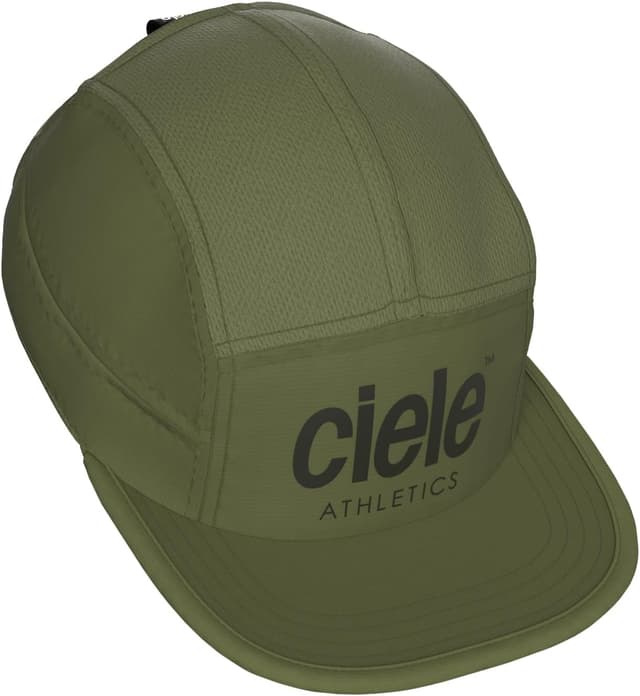Colin Nagy | July 1, 2021
The Revenge Travel Edition
On hospitality, surges, and brand building
Recommended Products

Lightweight and machine washable hats suitable for running or casual wear, available in different styles.
Colin here. In the U.S., revenge travel is real. Post the second jab, people are running to their computers, war-dialing the Delta Diamond Medallion line, and frantically Google searching entry requirements to get into Costa Rica.
Predictably, this surge in demand has led to—shocker—higher prices. A friend that wanted to book a weekend jaunt for a birthday in Miami was blown away to see even not-great hotels on South Beach trading for $1,500 dollars a night like it was nothing. But, the desire for travel won out and she paid Aman-level rates for a trendy, but decidedly not five-star property on the sandy strip.
When Covid was in full swing, luxury hotels had the difficult task of staying open, remaining staffed, and trying to keep up with the standards that people generally expect when they pay top dollar. Some did this better than others. Properties like Four Seasons (pictured) did an exceptional job both not missing a beat with service delivery, but also in having hyper-consistent safety standards across the board.
Other brands and chains were not so consistent.
This is all forgivable to some extent. We know the difficulties of the pandemic and I’m not going to nit-pick brands that didn’t live up to their standards, especially when they were also constrained by state and local regulations that sometimes put a stranglehold on a business. Plus, most guests were just happy to be out of their house, with a change of scenery, and hopefully a little TLC, good water pressure, and a white, fluffy robe.
What is an impending danger, however, is brands letting this pent-up demand let their rates drive sky-high, and not have the staff re-hired, or the standards to keep up. The most important question here is: because you can yield a higher rate, should you?
Why is this interesting?
A chef at one of the best properties in the U.S. (which will remain unnamed) told me that while their average daily rate was running around three or 4 times what it was pre-Covid, the expectations that come with that rate are dangerously high. All of a sudden, there is zero room for error and the stress it puts on front-line staff is often unmanageable.
By letting the algorithm dictate with no human touch or no limitation on how high your rate can go in a market, the short-term economic gain can be offset by longer-term problems. While price gouging might feel good to companies that have been on life support for a year, there’s a danger that the consumer expectation will be so high when they are paying four to five times a normal rate, that it is nearly impossible to live up to that standard.
On top of this, we are in the middle of a major kick-start for many properties. From the look of my Linkedin feed and through informal conversations with general managers, there’s a hiring surge and a lot of latency with hospitality workers being plugged back in. Some staff, and years of institutional knowledge, are simply not going to return.
So there’s a potentially tough equation here: short-term thinking when it comes to goosing the rates at luxury properties, coupled with the lack of trained staff. It might feel good to fill the coffers, but if you can’t live up to the new price you’re charging, guests won’t come back.
An owner of one of the world’s best luxury brands told me on background they are not trying to recoup all of their losses. Instead, they are trying to use this time to fine-tune, rethink, and reset their relationships with guests around the world while also nourishing a new guest base that they found during Covid. It is a refreshing bit of long-term thinking: doing the right thing for a brand, rather than just trying to catch up.
We’re entering an era where soul, values, and longer-term thinking will be prized by consumers, so brands should think twice before they gouge, as tempting as it may be. (CJN)
Hat of the day:
I ran across Ciele hats at my local running store. Since buying my first a few months ago I’ve added a few more to the collection. They’re made of a super-lightweight material that feels great while running or just hanging out and they’re machine washable without losing too much shape, a requirement for sweaty runners. They’re between $35 and $45 depending on the style. (NRB)
Quick Links:
[Sponsored Link] If you’re at a SaaS company, check out Variance. It’s a tool to help grow customers (some people are calling it a PLG CRM). If you have questions or want to try it, get in touch. (NRB)
Thanks for reading,
Noah (NRB) & Colin (CJN)
—
Why is this interesting? is a daily email from Noah Brier & Colin Nagy (and friends!) about interesting things. If you’ve enjoyed this edition, please consider forwarding it to a friend. If you’re reading it for the first time, consider subscribing (it’s free!).

